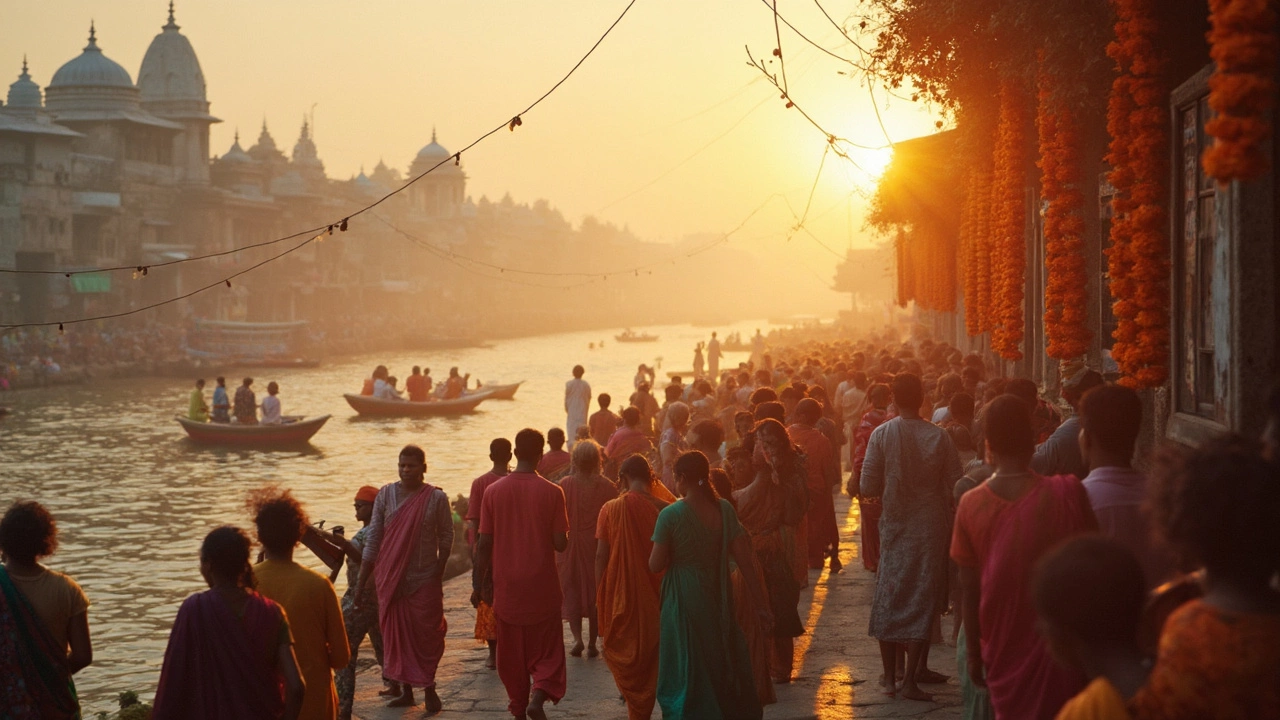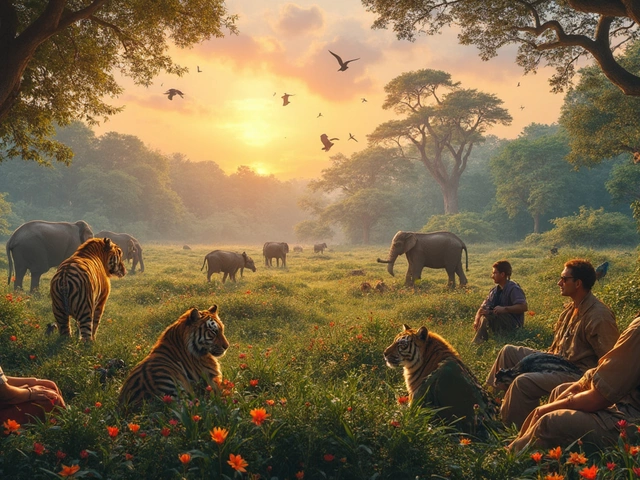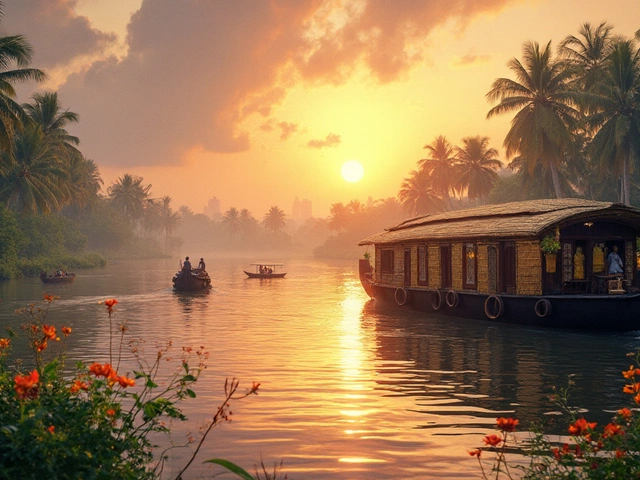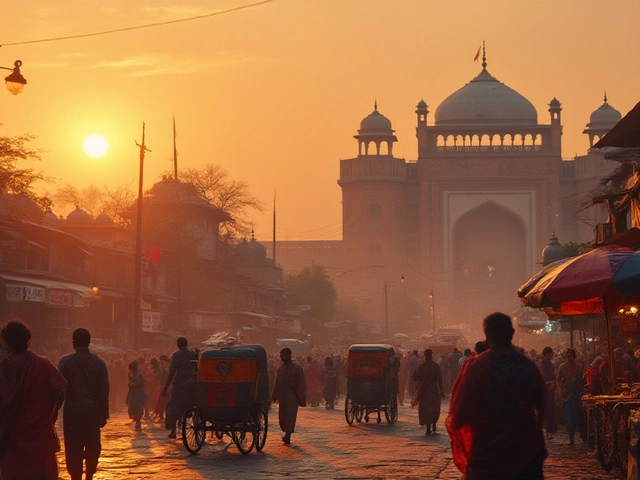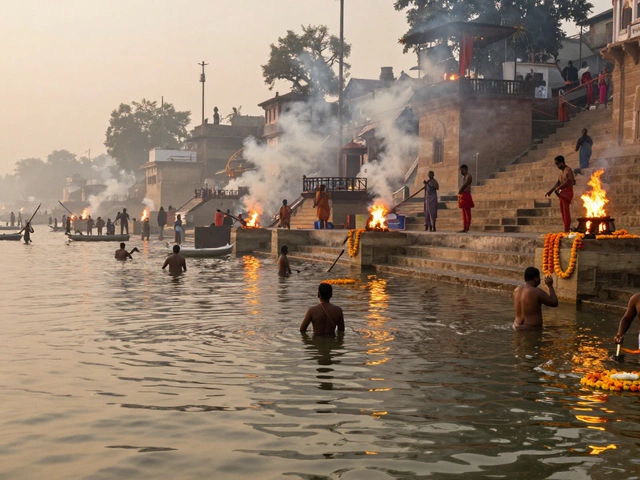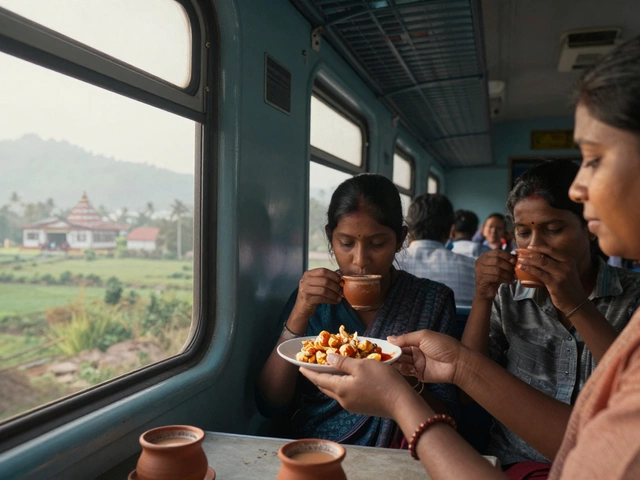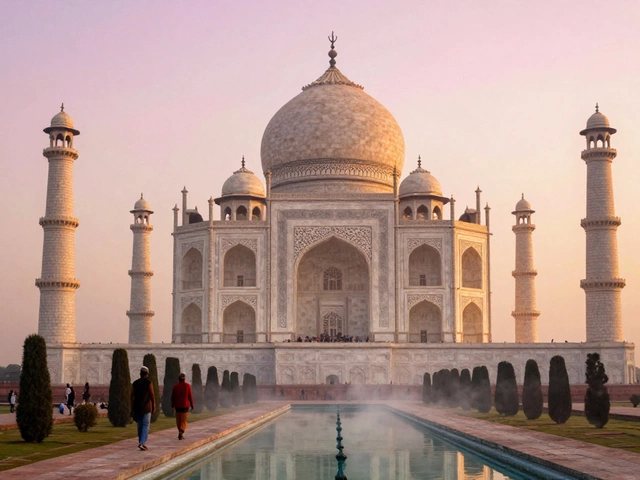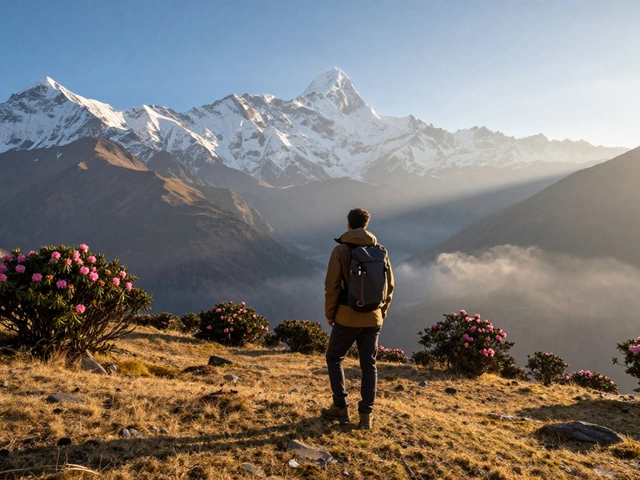Ever wondered why travelers from all over the world keep coming back to India for more than just beaches or food? It’s culture. India isn’t just old temples and flashy festivals—it’s a thousand years of stories layered into every street. The push for cultural tourism has exploded in the past decade. You probably already know places like Delhi or Jaipur, but there’s much more out there that’s pulling crowds.
Let’s get right to it: cultural tourism in India is most popular in spots that offer deep history, colorful traditions, and something real—not just staged shows. People want to watch artisans in Rajasthan, feel the old Mughal vibes in Agra, and get lost in ancient rituals along the Ganges in Varanasi. You’ll even catch college groups crowding up museums in Kolkata and international travelers learning classical dance in Kerala. So if you’re looking to experience real India, you’re in for a wild ride, and there are plenty of practical ways to do it without getting overwhelmed.
- What Makes India a Magnet for Cultural Tourism?
- The Most Popular Places for Culture Lovers
- Hidden Gems: Beyond the Usual Hotspots
- How to Plan a Meaningful Culture-Focused Trip
What Makes India a Magnet for Cultural Tourism?
India packs a punch when it comes to culture. Nowhere else will you find more than 2,000 ethnic groups and over 19,500 languages and dialects spoken across the country. That means every state, even every city sometimes, feels like its own world with different clothes, food, music, festivals, and even ways of greeting people.
If you're focusing on cultural tourism India is hard to beat for variety. Take a regular day in India. You could literally stumble into a street parade for a god or goddess, a traditional artisan workshop, or a drum circle celebrating the harvest season. The country sees around 10.93 million foreign tourists a year (as of 2019, just before pandemic travel bans) and cultural attractions are the main reason for a big chunk of those visitors.
| Type of Attraction | Number of Annual Visitors (pre-2020) |
|---|---|
| Taj Mahal (Agra) | 7 million |
| Golden Temple (Amritsar) | 6 million |
| Qutub Minar (Delhi) | 3.9 million |
| Meenakshi Temple (Madurai) | 3 million |
Festivals also pull in tons of visitors. Diwali, Holi, and Durga Puja grab headlines, but local village fairs and art festivals are constantly running all over the map. And then there’s the hands-on stuff—think pottery classes in Jaipur, silk weaving in Varanasi, or kathakali dance shows in Kerala. These experiences wouldn’t exist without locals who are proud of their traditions and actually want to share them with others, not just for show.
So why is it so popular? India’s open door to tourists, easy visa process (especially with e-visas), and efforts to promote heritage sites make visiting easier than ever. The mix of old and new—like seeing a centuries-old fort right next to a food truck selling chaat—keeps things interesting, and honestly, it’s what pulls culture lovers back every time.
The Most Popular Places for Culture Lovers
When people think about cultural tourism India, a few places always top the wish list—and for good reason. These destinations have shaped India’s identity, and you won’t run out of things to see, try, and learn.
- Varanasi: This city is old—possibly the world’s oldest still-inhabited city. Every evening, the Ganga Aarti draws thousands, and honestly, you feel the energy. Watching it from a boat gives the best view. The maze of temples and shrines makes it easy to bump into history on every corner.
- Jaipur: The Pink City isn’t just about palaces. It’s about watching block printing artists at work, bartering in Johari Bazaar, and learning about how royalty lived. The City Palace still houses a royal family, so this isn’t a relic—it's very much alive.
- Kolkata: If art, literature, and colonial history are your thing, you’ll love Kolkata. Try planning around the Durga Puja festival—streets come alive like nowhere else in India. Not to mention, Nobel Prize winner Rabindranath Tagore’s house museum is actually interesting.
- Delhi: Delhi is messy, huge, and full of contrast. Visit the Red Fort or Humayun’s Tomb for big history. If you’re into food, the old city’s chaos is worth it for the parathas and kebabs, which have recipes going back centuries.
- Kochi: Down south, Kochi is where Portuguese, Dutch, and Indian culture mix. You’ll spot Chinese fishing nets and see churches right next to Hindu temples. Every December, the Kochi-Muziris Biennale attracts artists from all over the world, making it a mix of tradition and fresh creativity.
These places aren’t just stuck in the past—they keep pulling people in because the culture feels genuine, not just made for tourists. In 2023, India saw almost 15 million international tourists, and a solid chunk aimed for these culture-loaded cities first. Out of these destinations, Varanasi had a 16% jump in tourism numbers after COVID restrictions relaxed, showing people are craving real cultural experiences.
| City | Annual Tourist Visits (Millions, 2023) | Main Cultural Attraction |
|---|---|---|
| Varanasi | 5.1 | Ganga Aarti, ancient temples |
| Jaipur | 4.8 | City Palace, Amer Fort, handicrafts |
| Kolkata | 3.6 | Durga Puja, colonial-era museums |
| Delhi | 4.5 | Red Fort, street food, markets |
| Kochi | 2.9 | Biennale, historic Fort Kochi, spice markets |
If you’re thinking about what kind of culture to chase, it helps to plan around local festivals or workshops. Heads up—peak seasons can mean crowded spots and higher prices, so book early when you can. If you want something hands-on, many cities now offer local experiences; look for guided heritage walks or cooking classes with home chefs.
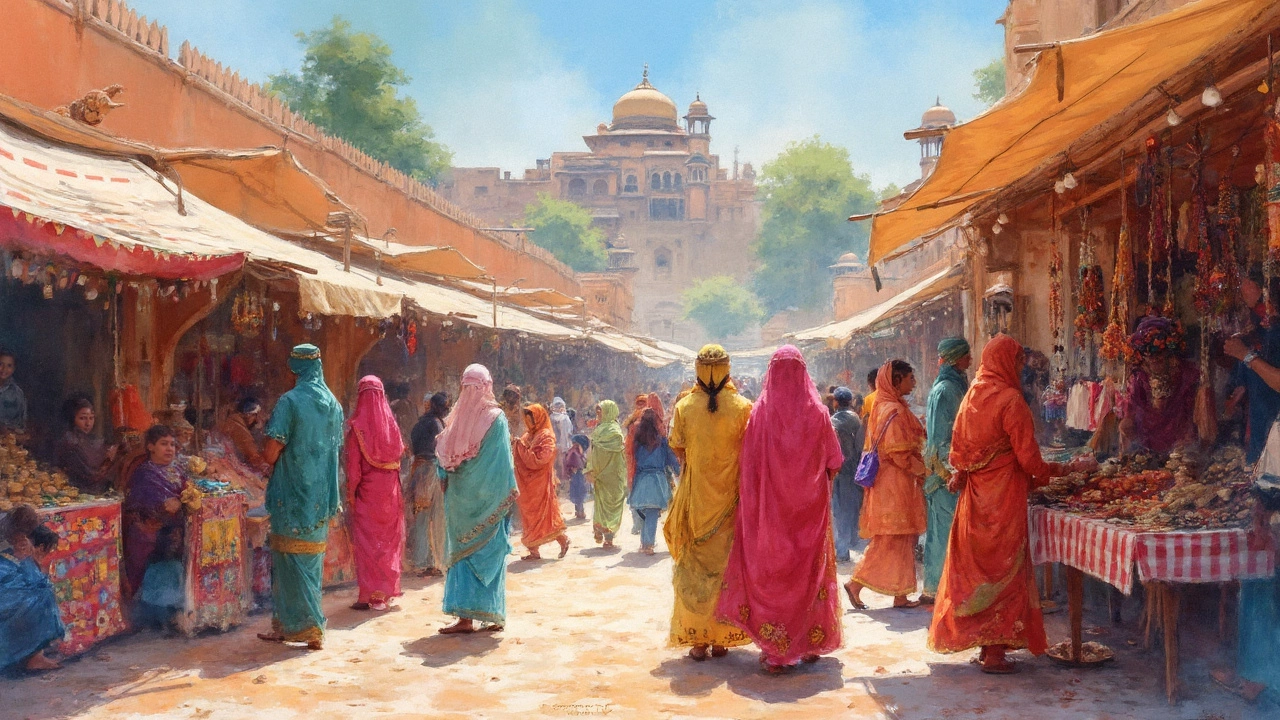
Hidden Gems: Beyond the Usual Hotspots
If you’ve already crossed off the Taj Mahal and Jaipur’s palaces, you’re probably itching for something fresh. There’s plenty of untapped spots in India where cultural tourism India feels raw and alive—without the big crowds or pricey ticket lines.
Most travelers miss out on these jewels, but they offer real deal culture:
- Ziro Valley, Arunachal Pradesh: Every September, this tiny valley explodes with traditional Apatani festivals and music. Locals here still build quirky bamboo houses and wear hand-stitched gear. Don’t expect Wi-Fi—expect rice beer, giant drums, and endless rice fields.
- Chanderi, Madhya Pradesh: Known for its delicate silk sarees, Chanderi has weaving workshops you can actually visit. People here weave the same way their ancestors did, straight from home workshops. The stone fort and quirky ancient temples make it way more than just a shopping stop.
- Chettinad, Tamil Nadu: This region’s palatial mansions are hidden by quiet village streets. Inside, you’ll find treasures from old trade days—Belgian chandeliers, Burmese teak—and spicy Chettinad food that isn’t like what you get in city restaurants. Try a home-cooked meal with the locals; my daughter Aria still talks about the pepper chicken she ate there.
- Majuli Island, Assam: The world’s largest river island is famous for its mask-making monks and traditional dance-drama called Sattriya. People here live close to the river and their old ways, perfect for slow travelers who want real connection.
- Hampi, Karnataka: Rocks, ruins, and reggae cafes. Yes, Hampi is popular with backpackers, but the ancient bazaars and village rituals still outnumber Instagrammers—if you wander a little off trail.
Here’s how a few of these hidden gems stack up compared to India’s bigger destinations, especially for things like annual visitors and main draws:
| Destination | Annual Visitors (approx.) | Culture Highlight |
|---|---|---|
| Ziro Valley | 12,000 | Tribal festivals, bamboo crafts |
| Chanderi | 20,000 | Handloom sarees, ancient forts |
| Chettinad | 15,000 | Heritage mansions, food trails |
| Majuli Island | 23,000 | Monasteries, mask making |
| Jaipur | 400,000+ | Palaces, forts |
If you want to avoid the big crowds and learn something new, these are the spots to try. Strike up a conversation, join a cooking session, or just walk around and watch life happen. You’ll get stories—and probably better photos, too.
How to Plan a Meaningful Culture-Focused Trip
If you want your trip to actually connect you with Indian culture, winging it won’t cut it. You need a bit of planning. India’s size can be overwhelming, but you don’t have to see it all in one go.
First, pick the right place based on what interests you most—history, art, music, food, or all of them. Delhi is packed with Mughal and colonial history, Rajasthan is full of forts, palaces, and color, Varanasi goes deep into spiritual traditions, and Kerala is famous for classical dance and backwater life. Each region does culture its own way, so it helps to focus rather than bounce around too much.
- Plan around festivals if you can. For example, Jaipur lights up during the Jaipur Literature Festival in January, while Varanasi is epic during Dev Deepawali.
- Book some local experiences—cooking classes, walking tours with guides who know their stuff, or visits to actual artisan workshops (not just tourist markets).
- Use local transport now and then. Taking an auto rickshaw in Old Delhi or trying a local train for a short hop puts you right in the action.
- Stay in heritage hotels or family-run homestays. They’re more likely to share stories and traditions you won’t get from big chains.
It’s worth reading about basic traditions and customs before you go. For instance, shoes come off before you enter most homes and temples, and public displays of affection are usually best kept low-key in small towns. A little cultural know-how goes a long way in making connections.
Get a SIM card on arrival so you can translate signs, order rides, and find good places to eat. Apps like MakeMyTrip or RedBus help you snag tickets for trains and buses without standing in hot lines.
If you want to dig deeper into cultural tourism India style, try volunteering for a day with an NGO or participating in a preservation activity—lots of forts and palaces have workshops for visitors now.
I always take a mix of cash and cards. Many museum tickets or small family-run shops only take cash. ATMs are everywhere in cities, but less common in remote areas.
Most importantly, leave time for things to just happen. Spontaneous chai with a local or a street-side music show sometimes ends up being the highlight of the trip. India has a way of giving the best moments when you least expect it.
